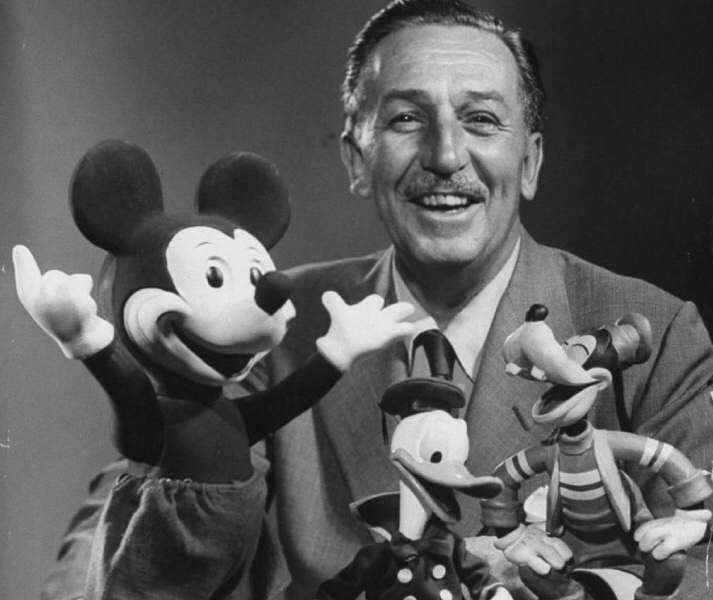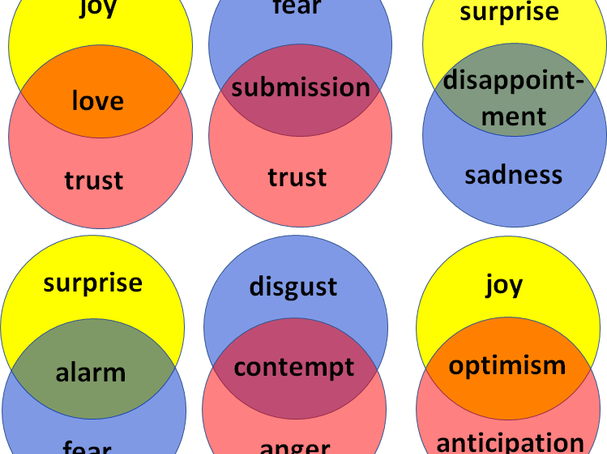
In recent years there has been a lot of talk about storytelling. In the past, it was always reserved for books, movies, or children’s tales. Just a simple story with a plot, a beginning and an end.
Until a few years ago, storytelling underwent a massive transformation. Storytelling wasn’t what it used to be. What emerged from that change?? People possessing newfound skills, storytelling superpowers.
They possess the power to woo investors, write marketing campaigns that are able to sell, and can mesmerize their audience simply by telling a story.
It’s been proven that storytelling can be a catalyst for action, influence, sales, politics, you name it! This is done by incorporating emotion and character into their stories.
The best storytellers of our time have all done this and know how to engage and captivate their audience. They have different techniques, but are all extremely successful at utilizing emotion and building character into their stories.
Who Are These Superheroes?

Walt Disney brought the magic into storytelling and had the ability to create experiences that let people to get submerged in fantasy. He always wanted to engage people with a story, he believed that was trick to keeping them coming back for more.
“That’s what we storytellers do. We restore order with imagination. We instill hope again and again and again.” Walt Disney

Richard Branson is one of the richest and most powerful men in the world.
He has been telling stories for as long as he can remember. He believes stories are the best way to connect to your clients. It’s what attracts people to your business. He has the ability to tell heartfelt, engaging stories about what he’s done, where he’s been, and has a very open, frank way about expressing himself. He knows his brand, and knows what it takes to captivate an audience.
“Telling a story is one of the best ways we have of coming up with new ideas, and also of learning about each other and our world,” Richard Branson

Oprah is an expressive storyteller. She paints a vivid picture for her audience so they can see and and feel what she is trying to convey. She is able to transport her audience into her world. They are able to empathize with her story and become so engaged that she can truly make a difference. This type of storytelling is extremely powerful.
“There is power and meaning in everybody’s story.” Oprah Winfrey

Steve Jobs built his life and career on telling stories.
He realized from the inception of Apple that his products needed stories. He gathered protégés who would learn the stories, as if they were their own, and launch his products and business forward. He was very successful at communicating his stories, teaching others how to tell them, and created an empire.
“The storyteller sets the vision, values and agenda of an entire generation that is to come.” Steve Jobs

When I think of an inspirational speaker (in a political position) who moves people, Barack Obama comes to mind. He didn’t just tell inspirational narratives, he told stories about life. He inspired our country, the present moment, and how together we were going to make a better future.
He has a way of connecting emotion, intelligence, and the people that he is addressing. In many of his addresses, President Obama would usually open with “together we can.” In the second part of his speech he would then shift to understanding the issues at hand, and speak about resolution. In closing, he would address the future and how he plans to build the best possible outcomes.
“Let us answer the call of history and carry into an uncertain future that precious light of freedom.” Barack Obama






